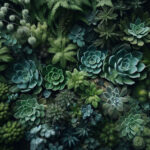Introduction to Sedum and Light Requirements
Whisper the word “Sedum,” and you might summon images of hardy stonecrops basking in the unyielding embrace of the sun. Yet, this versatile genus—a conglomeration of succulent beauty also known by names like “stonecrop”—is often the subject of a horticultural myth: that it is a plant solely crafted for the bright, full glare of a midsummer’s day. But listen closely, nature’s whispers tell a more nuanced tale.
Imagine a scene as common as it is captivating: a backyard where the sunlight plays an elegant game of hide-and-seek between the leaves of a taller garden companion, casting a patchwork of light and shadow. Amidst this dappled dance of light, Sedum, with its myriad varieties, stands unfazed, thriving in the shifting shades. It’s a testament, a real-life example, that Sedum’s resilience includes the ability to flourish in not just the full sun, but also the subtle solace of partial shade.
To anyone with a keen eye for garden dynamics, it’s clear that Sedum is more adaptable than most realize, challenging the conventional wisdom with verdant growth even when the sun’s rays are tempered by cloud or canopy. We learn more every day about the myriad environments these hardy succulents can call home. With this revelation, gardeners are empowered to explore new landscapes of horticultural possibility.
Synthesizing their vigor from this speckled sunlight, Sedums become the stalwarts of the partially shaded garden, presenting a palette of greenery and blooms that dismiss any need for constant direct light. Their success in such conditions broadens their allure and enrichens the canvas of our gardens.
It’s in those half-sunny spots, those places favored by Sedums, that one finds not just survival, but a flourish of growth, an unexpected vibrant spectacle. Uncover the secrets beneath their fleshy leaves and robust stems; there lies the proof of their adaptability. The light requirements for Sedum are, after all, far more forgiving than once believed.
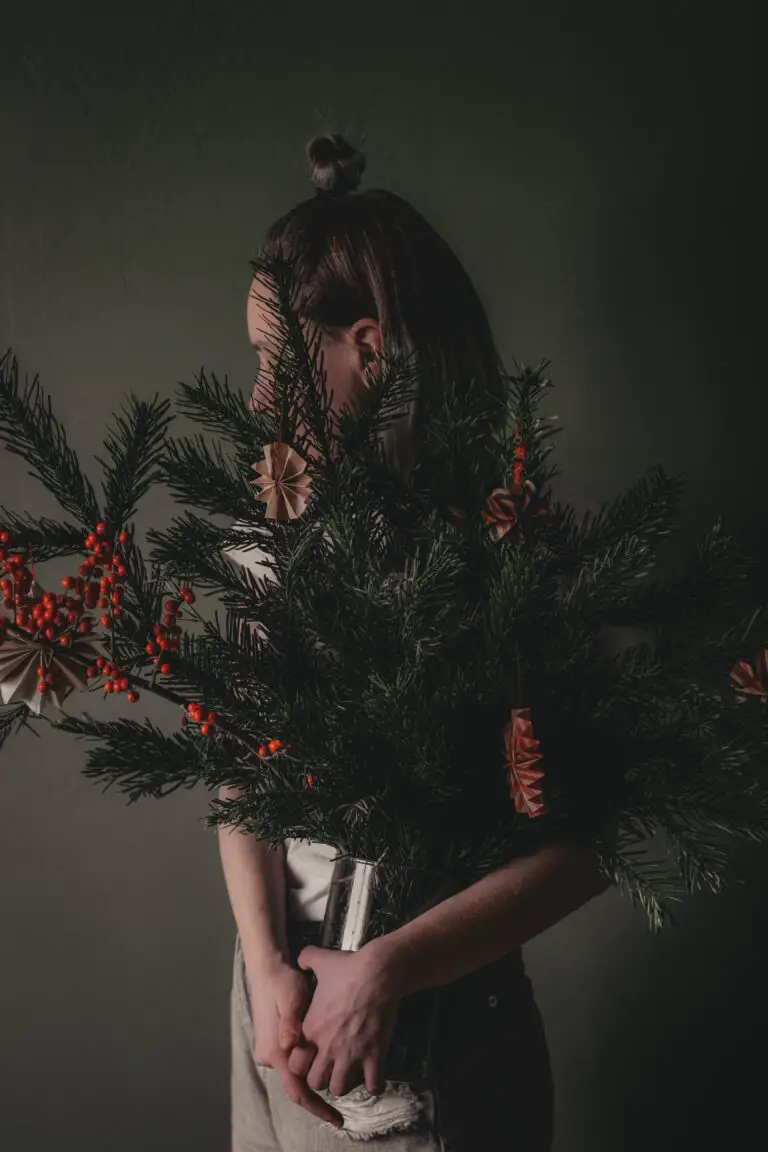
In our journey through the world of Sedum, we aren’t merely scratching the surface. We are digging deeper, beyond the petals and the leaves, into the very essence of these plants. We discover that, under the right conditions, even a sliver of sunshine is enough for the Sedum to express its full potential. Just as in life, sometimes all you need is a little shade to truly shine.
Understanding Partial Shade and Its Effects on Sedum
Imagine a woodland oasis where dappled sunlight filters through a canopy of leaves, casting a patchwork of light and shadow below. This enchanting scenario isn’t just for fairy tales; it’s what gardeners refer to as ‘partial shade’—a condition that many plants, including the versatile sedum, often encounter. But what exactly is ‘part shade,’ and how does it influence the tough, yet beautiful sedum?
Partial shade is characterized by three to six hours of direct sun each day, preferably during the cooler hours of the morning. The rest of the day, these areas bask in filtered light or open shade. It’s a common misunderstanding that shade is an all-or-nothing condition. In fact, there are nuances—a gradient of light levels—that can significantly impact the well-being of your green companions.
Sedums, with their plump, water-storing leaves, are often hailed as sun worshipers, reveling in open, sunny spots. However, part shade can be a friend or a foe to sedum, depending on the variety. Some sedum types, such as ‘Autumn Joy’ or ‘Matrona,’ manage to flourish in these light-limited environments. Their adaptability means they can still pump out vibrant florets and maintain their lush, succulent foliage. Others might struggle, leading to leggy growth as they stretch toward the sun, a signal of their dissatisfaction with the shaded life.
The intriguing part of this shady business is how sedums respond. A sedum basking in the understated elegance of a cottage garden might catch your eye with blossoms that are slightly less intense than those in full sun but carry a particular charm amidst ferns and hostas. This demonstrates their incredible ability to adapt and thrive, showcasing the plant’s resilience.
However, it’s not just about aesthetics. For sedum, light exposure is intricately linked to their health and vitality. Adequate light promotes strong stems and richly hued leaves, while enhancing their ability to ward off pests and diseases. And when it comes to flowering, sedum in part shade may bloom later or produce fewer flowers, yet these blooms become cherished jewels in the shadowy parts of the garden.
Take a journey through a real-life garden with our selected video, which offers a glimpse into the world of sedum and its relationship with partial shade. It might just inspire you to view your own shaded nooks as opportunities for these succulent beauties to shine.
To sum up, while sedums are conventionally seen as full sun plants, many varieties prove to be unexpectedly versatile, taking on the challenge of partial shade with grace. With the right type of sedum and an understanding of your garden’s light patterns, you can achieve a lively tapestry of textures and colors, even under the solace of shade.
Selecting the Right Sedum Varieties for Your Shade Garden
Stepping into the world of gardening, one quickly learns that not all suns are created equal. The dappled light of a partially shaded garden poses a unique challenge for green thumbs. But fear not, for Sedum, a versatile and hardy succulent, offers a palette of varieties that dance delightfully even in the quivering shadows of your garden nook.
Take, for example, the “Sedum ternatum,” a native beauty that relishes the cool understory and bursts into starry white blooms, or the “Sedum spathulifolium” with its rosettes that cascade like a silvery waterfall, unfazed by the subdued light. As the experts note, while most sedums bask in the glory of full sun, these particular varieties emerge triumphant in the playful patchwork of light and shade.
For those looking to weave a tapestry of texture and color, the “Sedum cauticola” presents itself as a hardy contender. It not only thrives in the gentle embrace of part shade but also flaunts dusky pink blossoms that nod to the tune of the summer breeze. And let’s not overlook the charming carpet of “Sedum lineare,” whose needle-like foliage offers a fresh zest of greenery and year-round interest.
Incorporating Sedum into a shade garden requires more than a roll of the dice; it calls for an intuitive touch and an understanding of the symphony of light throughout the day. Savvy gardeners often visit spaces like John Creech Sedum: Thriving in Your Garden Oasis to unlock the mysteries of cultivating these resilient plants under a sun-splattered canopy.
Here’s a gem for your virtual library—a video that showcases ground covers, a category in which Sedum undoubtedly shines, tailored for situations where light is a valued commodity but not overly abundant:
As you contemplate the patchwork of shade dappling your garden, remember that each Sedum variety holds the key to unlocking the secrets of partial shade’s potential. Consider the texture, flower, and foliage. Reflect on the daily ballet of light and shadow. And above all, embrace the challenge. The right Sedum is not just a plant; it’s a testament to your garden’s unique narrative, written in the language of leaves and light.
Optimizing Sedum Health in Part Shade Conditions
Grasping the nuances of cultivating Sedum in partial shade can seem like a dance with light and shadow. It’s about finding that sweet spot where your leafy companion stretches comfortably under a veil of dappled sunlight. Let’s demystify the art of keeping Sedum sprightly even when the sun plays hide and seek.
First off, soil selection is pivotal. Picture a forest floor, replete with nutrients yet free of stagnating water. That’s what your Sedum aspires to call home. Opt for a loamy mix with a tad of organic cheer, ensuring it’s well-draining to avoid soggy roots. Remember, aeration is the soil’s secret handshake with healthy roots.
Watering is another performance, a balancing act of keeping the soil moist but never drenched. Sedums, with their succulent prowess, are no fans of soggy feet. It’s about being attentive, watering only when the soil has dried out from the previous sip. Your cue? A soil that’s parched to the touch, begging for just enough to quench its thirst.
Fertilization is the encore, the subtle boost that can elevate your Sedum’s performance. However, overzealous feeding can lead to a lackluster show. Light, infrequent fertilization during the growing season keeps the act lively. It’s like a nudge, a slight push to ensure your Sedum has all it needs to thrive without going overboard.
Implementing these practices ushers your Sedum into an illustrious existence, even in the dappled realms of part shade. It’s a celebration of resilience, a testament to the adaptability of these verdant marvels. Proper care in these less-than-ideal lighting conditions isn’t just recommended; it’s the cornerstone of nurturing a thriving, vibrant showpiece.
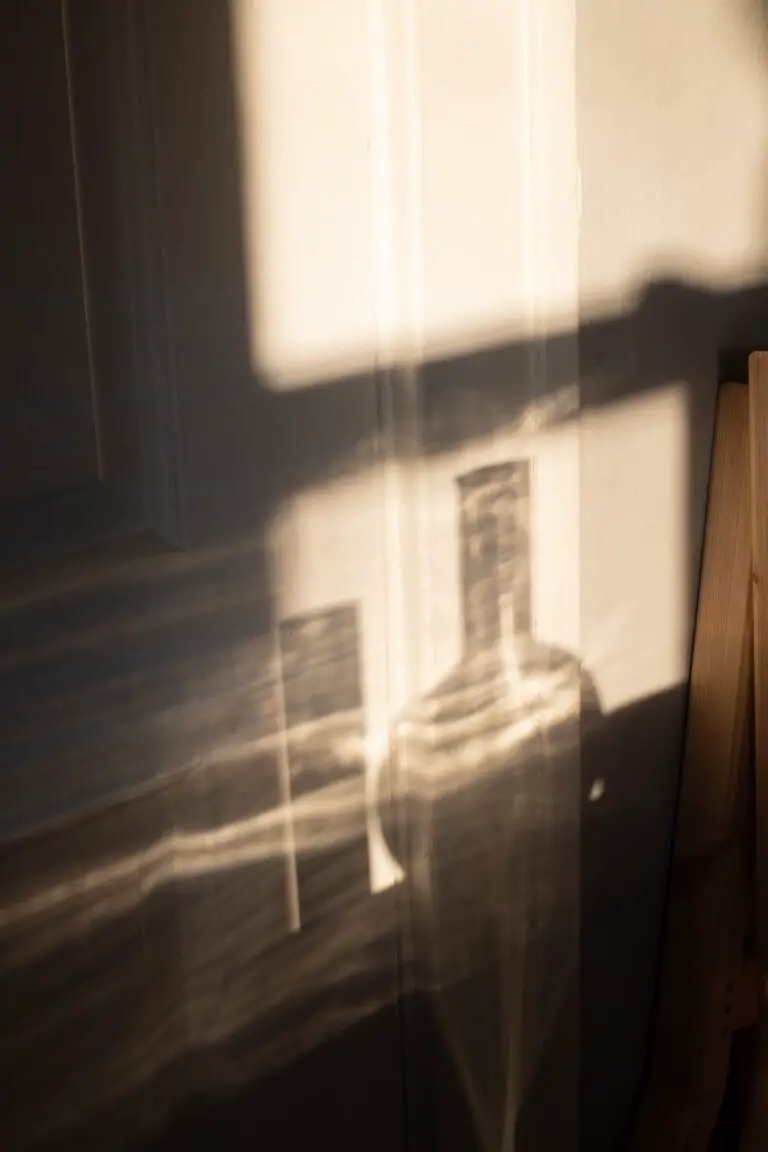
Embracing the Challenge: Sedum’s Adaptability to Light Variance
Imagine the glee as your Sedum soaks in the mottled light through a canopy of trees. It’s not the full blaze of the sun they’re basking in, but they’re masters of seizing the moment — or in this case, the photons. Part shade becomes a playground for Sedum, a habitat where they flourish with a dash of ingenuity and your tender, mindful care.
Ultimately, the journey with your shade-dwelling Sedums becomes a narrative of growth, an unfolding story of green thumbs and greener pastures where each leaf and stem etches a tale of victory against the odds. It’s a crisp high-five with nature, a partnership where your loving attention rewards you with a lush, leafy spectacle.
Integrating Sedum into Landscape Design with Partial Shade
Imagine this: dappled sunlight filters through the leaves, casting a mosaic of light and shade onto the verdant tapestry below. This is the realm of partial shade, a garden’s lucent penumbra where Sedum can not only survive but truly shine. By deftly integrating Sedum into your landscape design, you create a symphony of textures and colors that harmonize with the gentle ebb and flow of the sun.
Let’s delve into the creative realm of shaping gardens with partial shade. Envision seductive carpets of Sedum ‘Angelina’ juxtaposed with the plumy fronds of ferns. Or imagine the robust ‘Autumn Joy’ variety, its heads heavy with dusky pink flowers, pairing with the silvery leaves of Lamb’s Ears. These dynamic duos exemplify how companion planting can elevate the appeal of shady nooks, transforming them into captivating garden features.
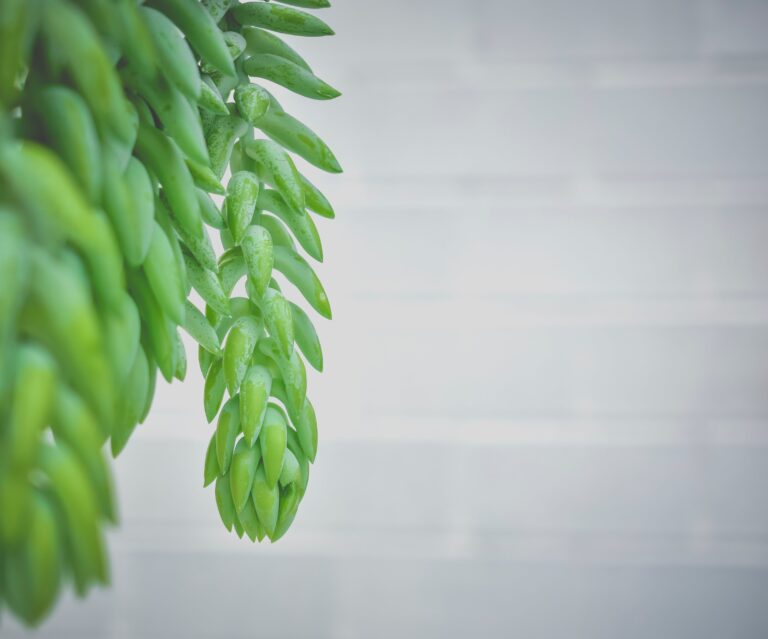
Fear not the challenge of partial shade; instead, embrace it as an opportunity. Incorporating Sedum into sections that receive morning light and afternoon shade, or vice versa, can reduce stress on these hardy plants during the peak heat of the day. This clever adjustment allows for a wider palette of species that will thrive in your garden tableau, offering a practical and yet aesthetically pleasing solution.
Moreover, it’s the delicate dance of light and shadow that unveils the true beauty of Sedum. Their varied foliage, from the blue-green of ‘Blue Spruce’ to the purple-tinged ‘Purple Emperor’, takes on an ethereal quality in the changing light. Incorporate them into a design principle that focuses on rhythm and movement, using the interplay of sun and shade to reveal their unique characteristics, and you’ll find your garden becomes a living piece of art.
Implementing thoughtful design principles is key to crafting a garden that feels both organic and intentional. Let architectural plants like tall grasses provide a backdrop, against which the Sedum can be the stars they’re meant to be. Utilize the gradients of light intensity throughout your garden to guide your placement of different Sedum varieties, and soon you’ll have a space that is not only resilient but also radiant.
Remember, shade in the garden is not a hindrance but a canvas awaiting your artistry. With the right companion plants and a mindful eye towards light exposure, your shade-tolerant Sedum will transform from mere plantings to pivotal elements of your living landscape design. With strategy and creativity, they won’t just grow – they’ll flourish, contributing to a serene and stunning garden sanctuary.
Common Challenges and Solutions for Growing Sedum in Shade
Gardening enthusiasts often wonder if the versatile sedum plant can adapt to less-than-sunny spots in their garden. So, let’s dig into some of the common challenges gardeners face when trying to grow sedum in part shade and provide some foolproof solutions.
First off, let’s tackle overwatering – a common misstep when sedums don’t bask in the full glory of the sun. Without a hearty dose of sunlight, these succulent plants aren’t able to drink up water as quickly. This means that in shadier spots, sedum’s soil can become too soggy for comfort, leading to a sad, waterlogged plant. The trick? Ensure your sedum has well-draining soil. Consider mixing in some sand or gravel to amp up the drainage factor and dial back on the watering. Let the soil dry out between waterings to keep those roots happy.
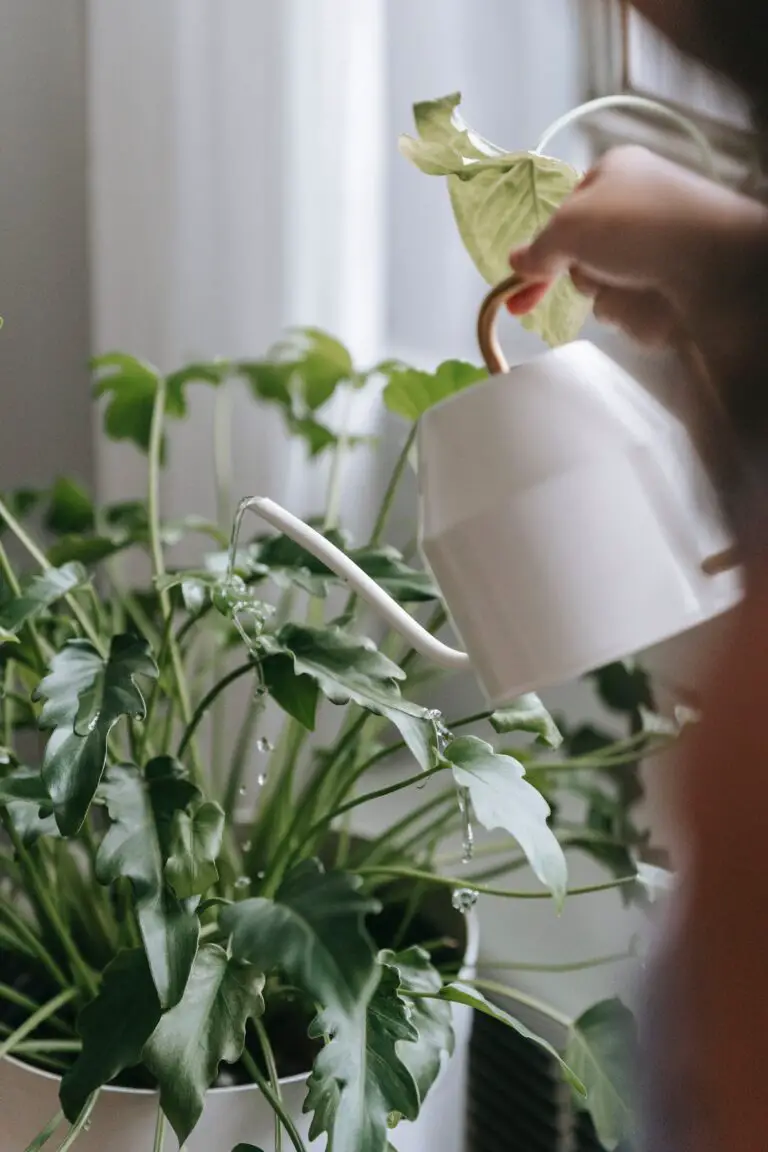
Next on the challenge list is reduced flowering. Sedum plants may get a little shy with their blooms if they’re tucked away in the shadows. If you’re dreaming of a garden abloom with sedum’s star-shaped flowers, here’s a bright idea: choose shade-tolerant sedum species or those known for their gusto when it comes to flowering in lower light. Go ahead, do a little research, and pick a variety that doesn’t mind turning down the lights.
Finally, let’s chat about etiolation – when plants stretch out like a cat in the sun, reaching for more light. In the dim corners of your garden, your sedum might start to look a tad leggy. While etiolated sedum has its own quirky charm, it might not be the look you’re going for. Combat this by giving your plants a bit of a trim to encourage bushier growth. Plus, consider strategically placing your sedum where it will receive at least a glimpse of direct sunlight during the day, keeping in mind that a little morning sun won’t scorch these sun-lovers.
Adopting these simple tweaks will ensure your shaded sedum not just survives, but thrives. Remember, plant parenting is all about that trial and error – so keep experimenting, keep observing, and most importantly, keep enjoying the journey of growing sedum in the unique canvas of your garden’s shaded tapestry.
The Impact of Seasonal Changes on Sedum in Part Shade
When we look at the bustling life of a garden, it’s easy to focus on the sun-drenched blossoms but think about the demure beauty thriving in the gentler realm of partial shade. Sedum, a versatile and hardy succulent, is a case in point. However, the part shade is not just a static curtain; it dances with the seasons, altering the script of light and shadow.
Spring’s tender rays coax new life with a dappled touch, making it a delightful playground for sedum. With the sun playing hide and seek among the young leaves, sedum stretches out with a leisurely grace, unfurling vibrant green rosettes that are a sight to behold. Even in these shifting lights, sedum establishes itself with a quiet confidence, illustrating its resilience in less-than-sunlit spots.
As summer takes center stage, the canopy above grows denser, filtering the sun’s embrace. This is when sedum truly showcases its ability to adapt. Beneath the overgrown arboreal dome, even during the sultry zenith of the season, the sedum remains undaunted. They make the most of the mottled sunshine, and the wistful gardener might notice a slower, yet steady, surge in their growth.
Imagine an autumnal garden where the leaves embroider the ground: here, the sedum finds an unexpected ally in the languid sun, now slanting in with more generosity as the trees bare their souls. This milder, yet clearer, light reinvigorates the sedum, urging forth a last spurt of energy before the whispers of dormancy set in.
Winter’s weak sun offers sparse solace, yet bask in the marvel of sedum’s hardiness. Even as the light trickles down in a thin wane, the sedum’s innate toughness sees it through. They bide their time, waiting to awaken with the light’s revival, securing their place in the part shade’s cyclical tale.
Through every season’s change, the sedum in part shade lives out an evolving narrative. It does not merely endure; it adapts, it thrives. Gardeners observing their sedum journey through the year will see a plant that isn’t just surviving in the shadows but is part of an intricate dance with light, a testament to the wonders of adaptable greenery in our living world.
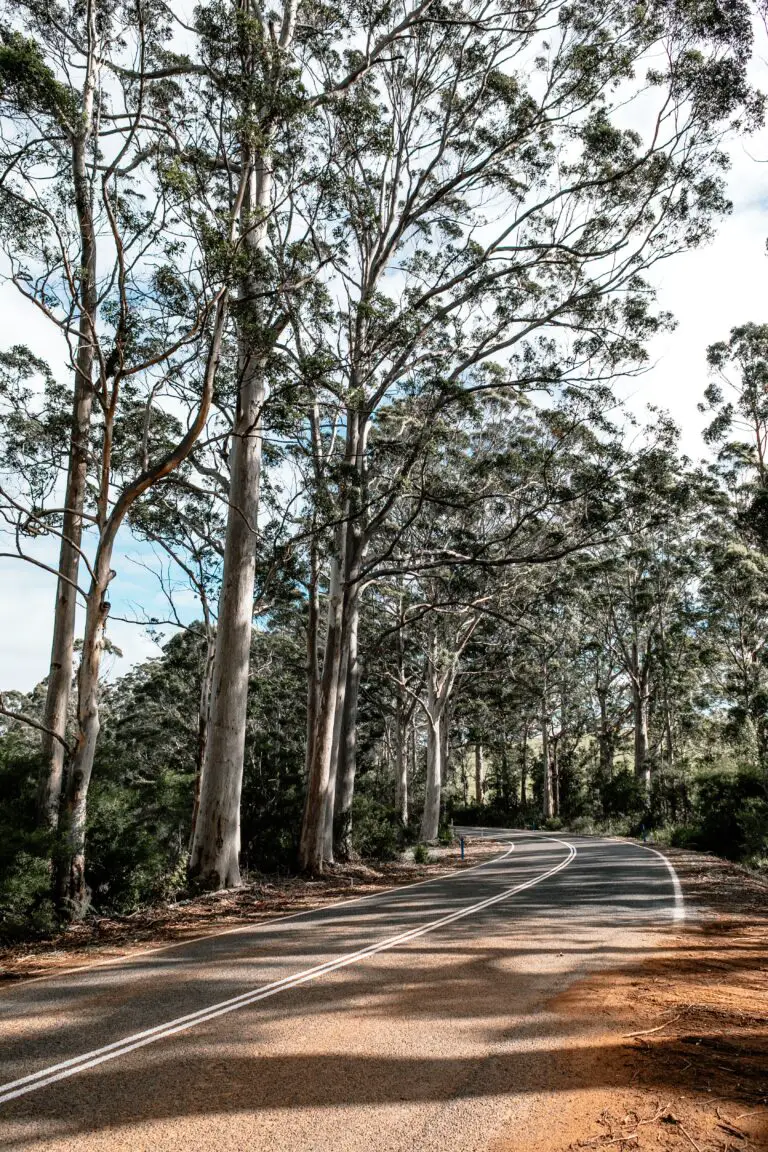
Frequently Asked Questions
Embarking on the journey of cultivating Sedum in your partially shaded garden can often come with a plethora of questions. Worry not, for I’ve got the answers that will shed light on your shaded garden conundrums! Let’s dive into some of the most burning questions that green thumbs like you are asking about keeping Sedum perky in dappled light.
What Types of Sedum Are Best Suited for Partial Shade?
While Sedum is commonly lauded for its sun-loving nature, several varieties such as Sedum telephium ‘Autumn Joy’ and Sedum spathulifolium ‘Cape Blanco’ exhibit a remarkable resilience to partial shade. These steadfast varieties go about their day unfazed by the lack of full sunlight, blooming with gusto in cooler, less sun-soaked spots of your garden.
How Do I Adjust Care for Sedum Growing in Partial Shade?
Adjusting care routines for Sedum in partial shade can be likened to tuning a guitar – it’s all about finding that harmonious balance. Pay special attention to irrigation since shaded areas can trap moisture longer, thus potentially ushering in root rot. Less sunshine also means slower growth, so be prudent with your fertilizing ritual – a little goes a long way in this less radiant realm.
Can Sedum’s Aesthetic Appeal Be Maximized in Shade?
Absolutely! The nuanced artistry of shaded Sedum lies in the play of lights and shadows dancing through leaves. Enhance this visual symphony by companion planting with ferns or hostas to create an enchanting woodland tapestry. The rich hues and varied textures will give your garden a storybook allure.
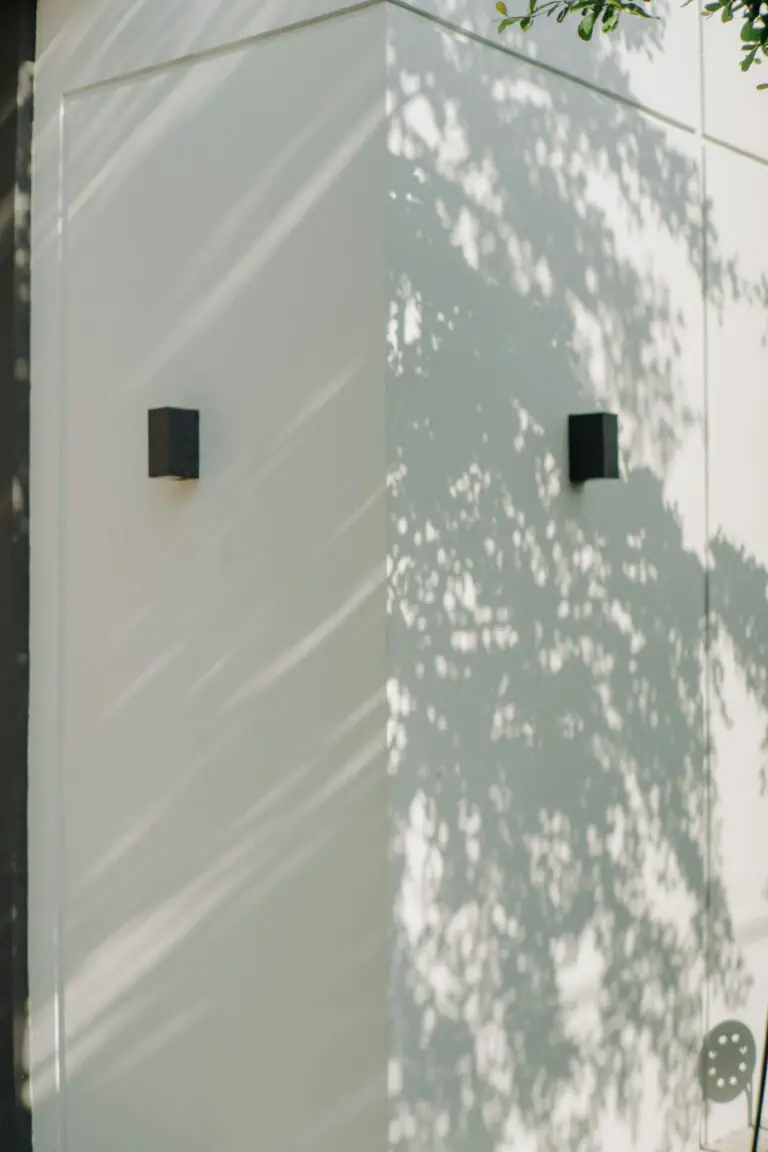
Curious about more ways to keep your Sedum thriving? Peek over at our super useful guide that digs into the dos and don’ts of Sedum care in various environments – a treasure trove of green thumb wisdom awaiting your discovery!
